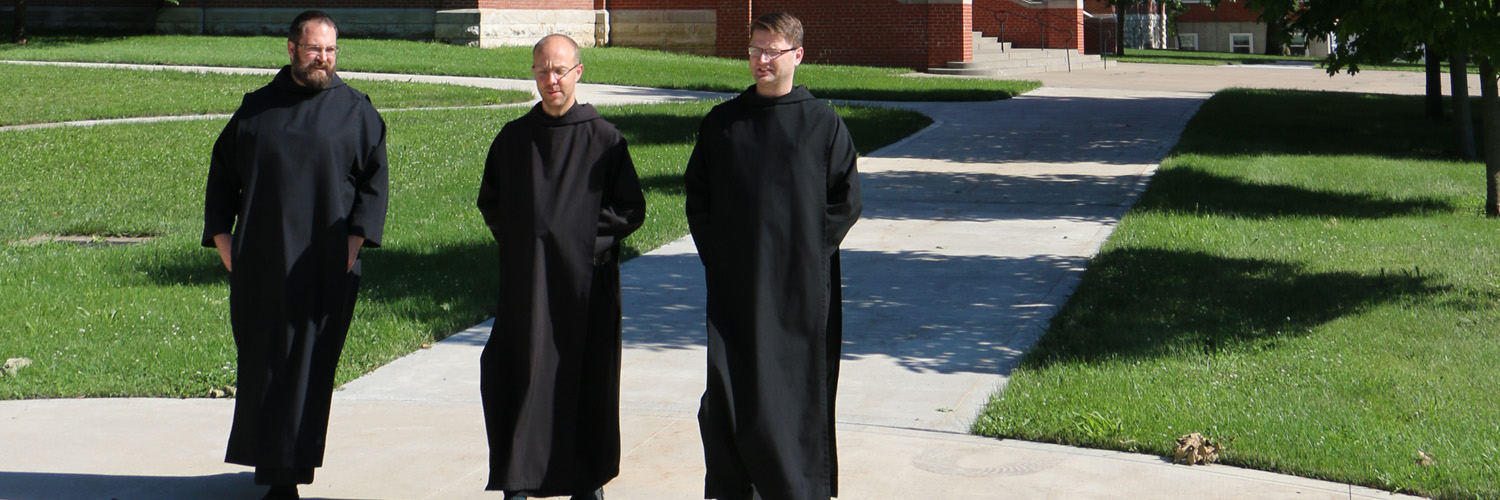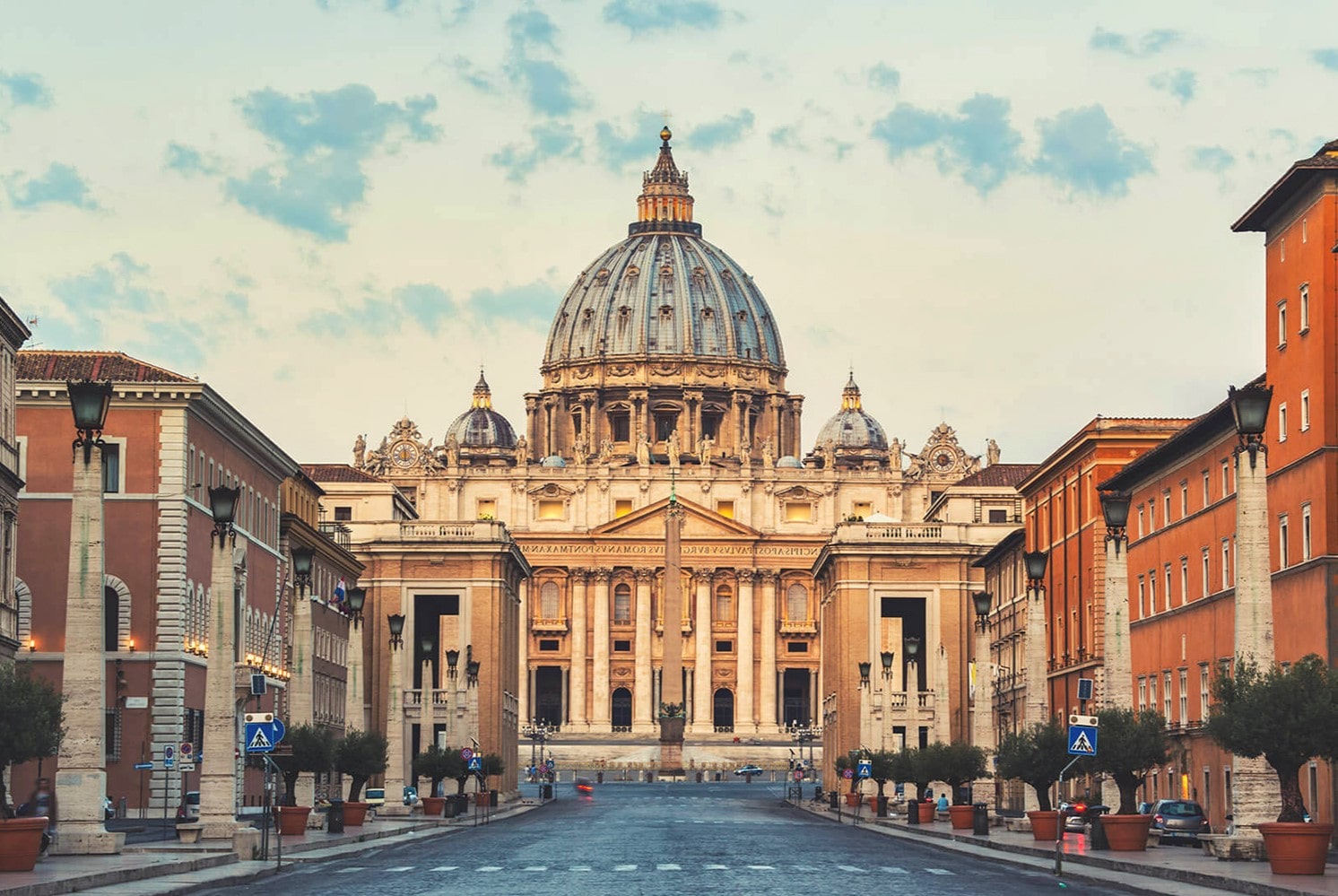
Who are the Benedictines? The Benedictines are members of a monastic religious order following the Rule of Saint Benedict. Founded in the 6th century, they emphasize community life, prayer, and work. Their motto, "Ora et Labora" (Pray and Work), reflects their balanced approach to spirituality and daily tasks. Benedictines live in monasteries, dedicating themselves to a life of stability, obedience, and humility. They have significantly influenced Western monasticism and education. Their contributions to art, literature, and agriculture are noteworthy. Curious about their unique lifestyle and historical impact? Read on to uncover 20 intriguing facts about the Benedictines!
Who Are the Benedictines?
The Benedictines are a monastic order within the Catholic Church, founded by St. Benedict of Nursia in the 6th century. They follow the Rule of St. Benedict, which emphasizes prayer, work, and communal living.
-
Founded by St. Benedict: St. Benedict of Nursia established the Benedictine order around 529 AD. He is often called the father of Western monasticism.
-
Rule of St. Benedict: The Rule of St. Benedict is a book of precepts written by St. Benedict for monks living communally under the authority of an abbot. It includes guidelines for daily living, prayer, and work.
-
Ora et Labora: This Latin phrase means "pray and work." It encapsulates the Benedictine motto, emphasizing a balanced life of prayer and labor.
-
Monastic Habit: Benedictines typically wear a simple black habit, symbolizing humility and simplicity.
Daily Life of a Benedictine Monk
Benedictine monks follow a structured daily routine that balances prayer, work, and rest. Their lives are dedicated to spiritual growth and community service.
-
Liturgy of the Hours: Monks pray the Liturgy of the Hours, also known as the Divine Office, at set times throughout the day. This includes prayers, psalms, and readings.
-
Manual Labor: Work is an essential part of Benedictine life. Monks engage in various forms of labor, such as farming, cooking, and crafting.
-
Silence and Solitude: Silence is valued in Benedictine communities to foster contemplation and spiritual growth. Monks often observe periods of silence throughout the day.
-
Communal Meals: Meals are eaten together in silence, with one monk reading aloud from spiritual texts. This practice emphasizes community and mindfulness.
Contributions to Education and Culture
Benedictines have made significant contributions to education, culture, and the preservation of knowledge throughout history.
-
Scriptoria: Monks copied and preserved manuscripts in scriptoria, special rooms dedicated to writing. This helped preserve many ancient texts.
-
Libraries: Benedictine monasteries often housed extensive libraries, becoming centers of learning and scholarship.
-
Schools: Many Benedictine monasteries established schools, providing education to local communities and fostering intellectual growth.
-
Music and Art: Benedictines have contributed to the development of Gregorian chant and other forms of sacred music. They also supported the arts, commissioning and creating religious artworks.
Benedictine Influence on Modern Society
The principles and practices of the Benedictines continue to influence modern society in various ways.
-
Hospitality: Benedictines are known for their hospitality, welcoming guests and providing refuge. This tradition continues in many Benedictine communities today.
-
Retreat Centers: Many Benedictine monasteries offer retreat centers where people can experience monastic life, engage in spiritual practices, and find peace.
-
Community Service: Benedictines are involved in various forms of community service, including education, healthcare, and social justice initiatives.
-
Ecumenism: Benedictines often engage in ecumenical dialogue, promoting unity and understanding among different Christian denominations.
Famous Benedictines
Several notable figures throughout history have been associated with the Benedictine order.
-
St. Scholastica: St. Scholastica, the twin sister of St. Benedict, founded a Benedictine community for women. She is the patron saint of nuns.
-
Pope Gregory I: Also known as Gregory the Great, he was a Benedictine monk before becoming pope. He played a significant role in the development of the medieval church.
-
St. Anselm of Canterbury: A Benedictine monk and philosopher, St. Anselm is known for his contributions to theology and his argument for the existence of God.
-
Thomas Merton: A 20th-century Trappist monk and writer, Merton was influenced by Benedictine spirituality. His writings on spirituality and social issues remain influential.
The Benedictine Legacy
Benedictines have left a lasting mark on history. Their dedication to education, hospitality, and community has shaped countless lives. From founding some of the world's oldest universities to preserving ancient texts, their contributions are immense. Their monasteries served as centers of learning and refuge, offering a glimpse into a life of discipline and devotion. The Rule of Saint Benedict, with its emphasis on balance, work, and prayer, continues to inspire many. Whether you're fascinated by their historical impact or their spiritual practices, the Benedictines offer a rich tapestry of tradition and innovation. Their influence extends beyond religious boundaries, touching various aspects of culture and society. So next time you encounter a piece of history or a practice rooted in Benedictine tradition, you'll know the profound legacy behind it.
Was this page helpful?
Our commitment to delivering trustworthy and engaging content is at the heart of what we do. Each fact on our site is contributed by real users like you, bringing a wealth of diverse insights and information. To ensure the highest standards of accuracy and reliability, our dedicated editors meticulously review each submission. This process guarantees that the facts we share are not only fascinating but also credible. Trust in our commitment to quality and authenticity as you explore and learn with us.


